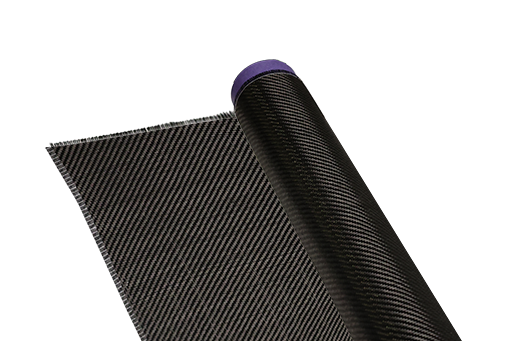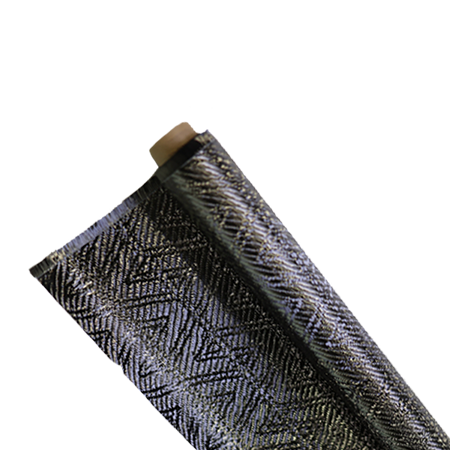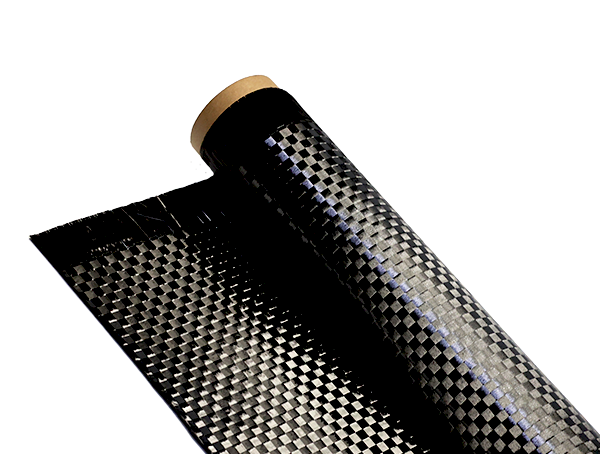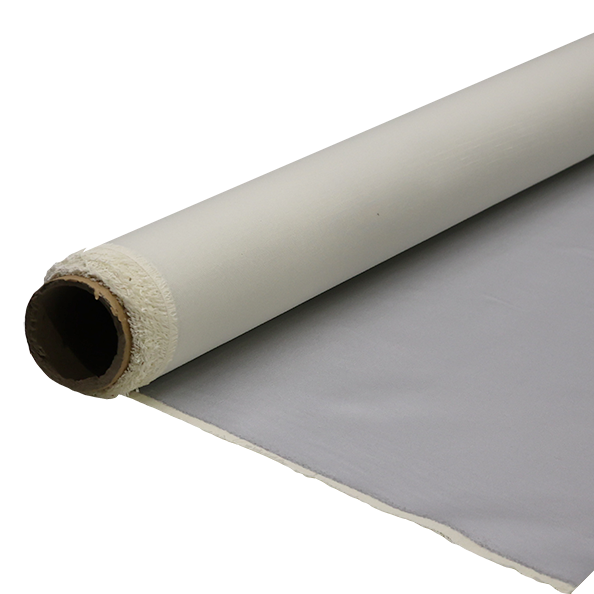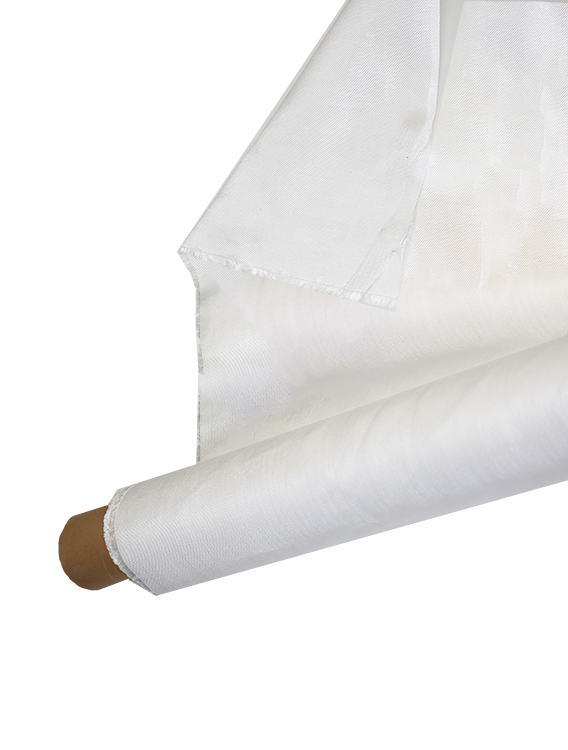How Does Carbon Fiber Price per Kg Vary by Region?
-
Table of Contents
“Exploring Regional Variations: Unraveling the Price Dynamics of Carbon Fiber per Kg.”
Introduction
The price of carbon fiber per kilogram varies significantly across different regions due to a combination of factors including production costs, local demand, supply chain logistics, and economic conditions. In regions with established manufacturing capabilities, such as North America and Europe, prices may be influenced by advanced technology and higher labor costs. Conversely, in emerging markets, lower production costs can lead to more competitive pricing. Additionally, regional demand for carbon fiber in industries such as aerospace, automotive, and sports equipment can further impact pricing dynamics. Understanding these regional variations is crucial for businesses and consumers looking to source carbon fiber effectively.
Regional Price Disparities in Carbon Fiber Production
The price of carbon fiber per kilogram exhibits significant regional disparities, influenced by a multitude of factors including production costs, local demand, and the availability of raw materials. Understanding these variations is essential for manufacturers and consumers alike, as they navigate the complexities of sourcing this advanced material. In regions such as North America, Europe, and Asia, the dynamics of carbon fiber pricing are shaped by distinct economic and industrial landscapes.
In North America, particularly in the United States, the carbon fiber market has been characterized by a robust aerospace and automotive industry. The demand for lightweight materials in these sectors has driven innovation and investment in carbon fiber production. However, the high cost of labor and stringent regulatory standards can elevate production expenses, leading to higher prices per kilogram. Additionally, the presence of established manufacturers, such as Hexcel and Toray, contributes to a competitive market, yet the overall pricing remains influenced by the costs associated with advanced manufacturing processes and quality control.
Conversely, Europe presents a different scenario. The European Union has made significant strides in promoting sustainable manufacturing practices, which has led to an increased focus on recycling and the development of bio-based carbon fibers. While this commitment to sustainability can sometimes result in higher initial costs, it also opens avenues for innovation that may reduce long-term expenses. Countries like Germany and the United Kingdom are at the forefront of this movement, where government incentives and research funding support the growth of the carbon fiber industry. As a result, prices in Europe can vary widely, reflecting both the premium placed on sustainable practices and the competitive nature of the market.
In Asia, particularly in countries like China and Japan, the landscape of carbon fiber production is rapidly evolving. China has emerged as a major player in the global carbon fiber market, driven by its vast manufacturing capabilities and lower labor costs. This has led to a significant reduction in prices per kilogram, making carbon fiber more accessible to a broader range of industries. However, the quality of carbon fiber produced can vary, as some manufacturers prioritize cost over performance. In contrast, Japan is known for its high-quality carbon fiber products, often commanding higher prices due to the emphasis on precision engineering and advanced technology. This regional dichotomy highlights the importance of quality versus cost in determining market prices.
Furthermore, geopolitical factors and trade policies can also impact carbon fiber pricing across regions. Tariffs, trade agreements, and international relations can create fluctuations in supply chains, affecting the availability and cost of raw materials essential for carbon fiber production. For instance, disruptions in the supply of precursor materials, such as polyacrylonitrile (PAN), can lead to price increases that ripple through the market.
In summary, the price of carbon fiber per kilogram varies significantly by region, influenced by local production costs, demand dynamics, and geopolitical factors. North America and Europe tend to have higher prices due to labor costs and regulatory environments, while Asia, particularly China, offers more competitive pricing driven by lower production costs. As the global market continues to evolve, understanding these regional disparities will be crucial for stakeholders aiming to make informed decisions in the procurement and application of carbon fiber materials.
Factors Influencing Carbon Fiber Costs Across Different Regions
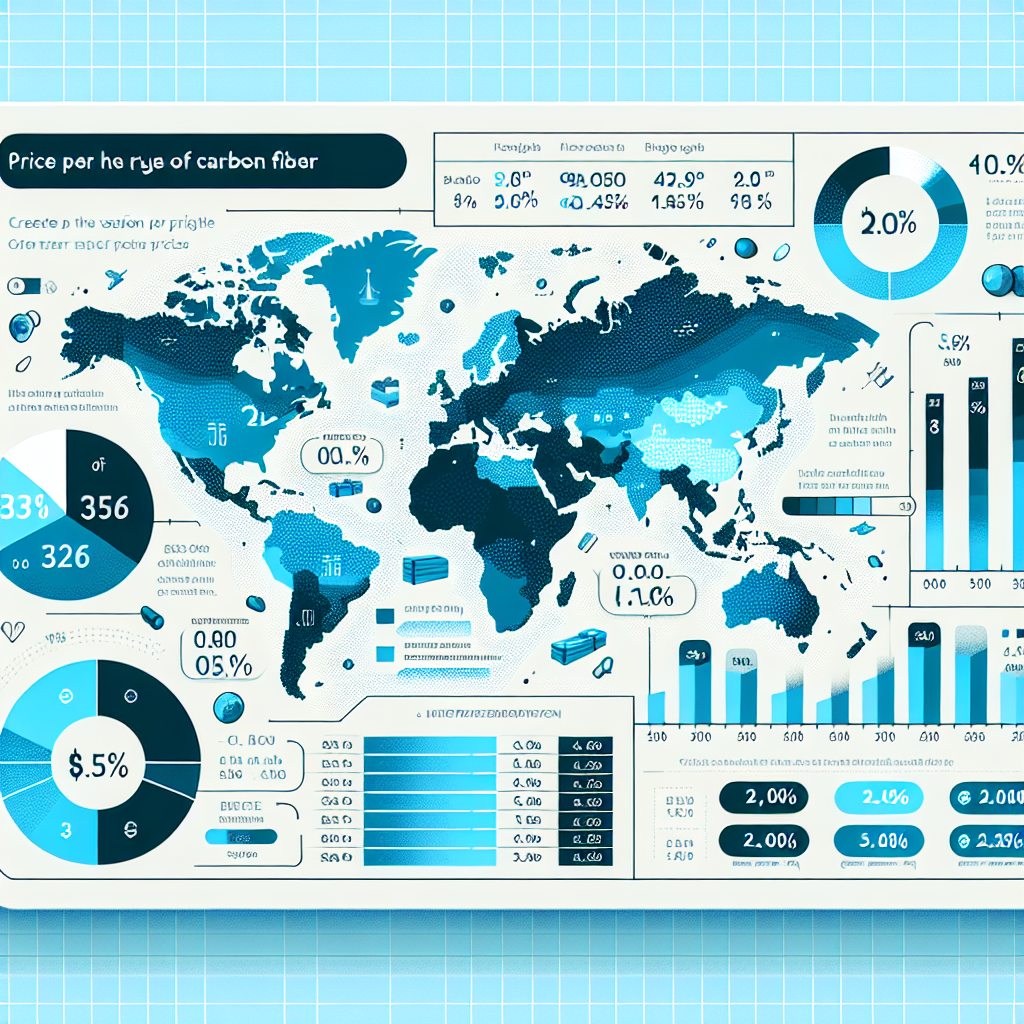
The price of carbon fiber per kilogram is influenced by a multitude of factors that vary significantly across different regions. Understanding these factors is essential for manufacturers, suppliers, and consumers alike, as they navigate the complexities of the carbon fiber market. One of the primary determinants of carbon fiber pricing is the cost of raw materials. The production of carbon fiber typically begins with polyacrylonitrile (PAN) or petroleum pitch, both of which are subject to fluctuations in price based on global oil markets and regional supply chains. For instance, regions with abundant access to these raw materials may experience lower production costs, thereby affecting the overall price of carbon fiber.
In addition to raw material costs, labor expenses play a crucial role in determining carbon fiber prices. Regions with higher labor costs, such as Western Europe and North America, often see elevated prices for carbon fiber products. Conversely, countries in Asia, particularly those with lower labor costs, can produce carbon fiber at a more competitive rate. This disparity in labor costs can lead to significant variations in pricing, as manufacturers in lower-cost regions can offer their products at reduced prices while maintaining profitability.
Moreover, the level of technological advancement and manufacturing capabilities in a region can also influence carbon fiber prices. Regions that invest heavily in research and development, such as Japan and Germany, often produce higher-quality carbon fiber with advanced properties. This investment in technology can lead to increased production efficiency and lower costs per kilogram, but it may also result in higher prices for premium products. In contrast, regions with less advanced manufacturing processes may struggle to achieve the same quality and efficiency, leading to higher costs associated with lower-quality carbon fiber.
Transportation and logistics are additional factors that contribute to regional price variations. The cost of shipping carbon fiber from production facilities to end-users can vary significantly based on geographic location. For example, regions that are geographically isolated or lack efficient transportation infrastructure may incur higher shipping costs, which can be passed on to consumers in the form of elevated prices. Conversely, regions with well-established logistics networks may benefit from lower transportation costs, allowing for more competitive pricing.
Market demand also plays a pivotal role in shaping carbon fiber prices across different regions. In areas where carbon fiber is in high demand, such as the aerospace and automotive industries, prices may rise due to increased competition among manufacturers. Conversely, in regions where demand is stagnant or declining, prices may decrease as suppliers seek to attract buyers. This dynamic interplay between supply and demand can lead to significant fluctuations in carbon fiber pricing, making it essential for stakeholders to stay informed about market trends.
Lastly, government policies and regulations can impact carbon fiber pricing on a regional basis. Tariffs, trade agreements, and environmental regulations can all influence production costs and market accessibility. For instance, regions with favorable trade agreements may enjoy lower import tariffs on raw materials, thereby reducing overall production costs and allowing for more competitive pricing. Conversely, stringent environmental regulations may increase production costs, leading to higher prices for carbon fiber products.
In conclusion, the price of carbon fiber per kilogram varies significantly by region due to a complex interplay of factors, including raw material costs, labor expenses, technological advancements, transportation logistics, market demand, and government policies. Understanding these influences is crucial for stakeholders in the carbon fiber industry as they navigate the challenges and opportunities presented by this dynamic market.
The Impact of Supply Chain Dynamics on Carbon Fiber Pricing by Region
The pricing of carbon fiber per kilogram is significantly influenced by the dynamics of supply chains across different regions. As a high-performance material, carbon fiber is utilized in various industries, including aerospace, automotive, and sporting goods, which creates a complex web of supply chain interactions that ultimately affect its cost. Understanding these dynamics is essential for stakeholders looking to navigate the market effectively.
To begin with, the geographical distribution of carbon fiber production plays a crucial role in determining regional prices. Major producers, such as the United States, Japan, and several European countries, have established manufacturing facilities that contribute to the global supply. However, the proximity of these facilities to raw material sources, such as polyacrylonitrile (PAN), which is the primary precursor for carbon fiber, can lead to significant cost variations. For instance, regions with abundant access to raw materials may experience lower production costs, thereby influencing the final price of carbon fiber. Conversely, areas that rely on imported materials may face higher costs due to transportation and tariffs, which can inflate the price per kilogram.
Moreover, the level of technological advancement in production processes also varies by region, impacting pricing structures. Regions that invest heavily in research and development tend to have more efficient manufacturing techniques, which can lower production costs and, consequently, the price of carbon fiber. For example, advancements in automated production methods and improved quality control can lead to higher yields and reduced waste, allowing manufacturers to offer competitive pricing. In contrast, regions that lag in technological innovation may struggle with higher operational costs, resulting in elevated prices for carbon fiber.
In addition to production capabilities, regional demand for carbon fiber significantly influences pricing. Industries such as aerospace and automotive are increasingly adopting carbon fiber for its lightweight and high-strength properties, leading to heightened demand in specific regions. For instance, the aerospace sector in North America has seen a surge in demand for carbon fiber components, driven by the need for fuel-efficient aircraft. This increased demand can lead to price hikes, particularly if supply does not keep pace. Conversely, regions with lower demand may experience stagnant or even declining prices, as manufacturers seek to offload excess inventory.
Furthermore, geopolitical factors and trade policies can also impact carbon fiber pricing on a regional basis. Tariffs, trade agreements, and political stability can all influence the flow of materials and finished products across borders. For example, trade tensions between major economies can lead to increased tariffs on imported carbon fiber, raising prices in affected regions. Additionally, political instability in key producing countries can disrupt supply chains, leading to shortages and subsequent price increases.
Lastly, the environmental regulations and sustainability initiatives prevalent in different regions can also affect carbon fiber pricing. Regions with stringent environmental policies may impose additional costs on manufacturers, which can be passed on to consumers in the form of higher prices. Conversely, regions that prioritize sustainability and have established efficient recycling processes may benefit from lower costs associated with waste management and material recovery.
In conclusion, the price of carbon fiber per kilogram is shaped by a multitude of supply chain dynamics that vary by region. From the geographical distribution of production facilities and raw material access to technological advancements and regional demand, each factor plays a pivotal role in determining pricing structures. As the market continues to evolve, stakeholders must remain vigilant in monitoring these dynamics to make informed decisions in the ever-changing landscape of carbon fiber pricing.
Q&A
1. **Question:** How does the price of carbon fiber per kg differ between North America and Europe?
**Answer:** Carbon fiber prices in North America typically range from $20 to $30 per kg, while in Europe, prices can be slightly higher, ranging from $25 to $35 per kg due to higher production and transportation costs.
2. **Question:** What factors contribute to regional variations in carbon fiber pricing?
**Answer:** Factors include local manufacturing capabilities, demand in specific industries (like aerospace or automotive), import tariffs, and the availability of raw materials.
3. **Question:** How does the price of carbon fiber in Asia compare to that in North America?
**Answer:** In Asia, particularly in countries like China, carbon fiber prices can be lower, ranging from $15 to $25 per kg, due to lower labor costs and increased production capacity.

